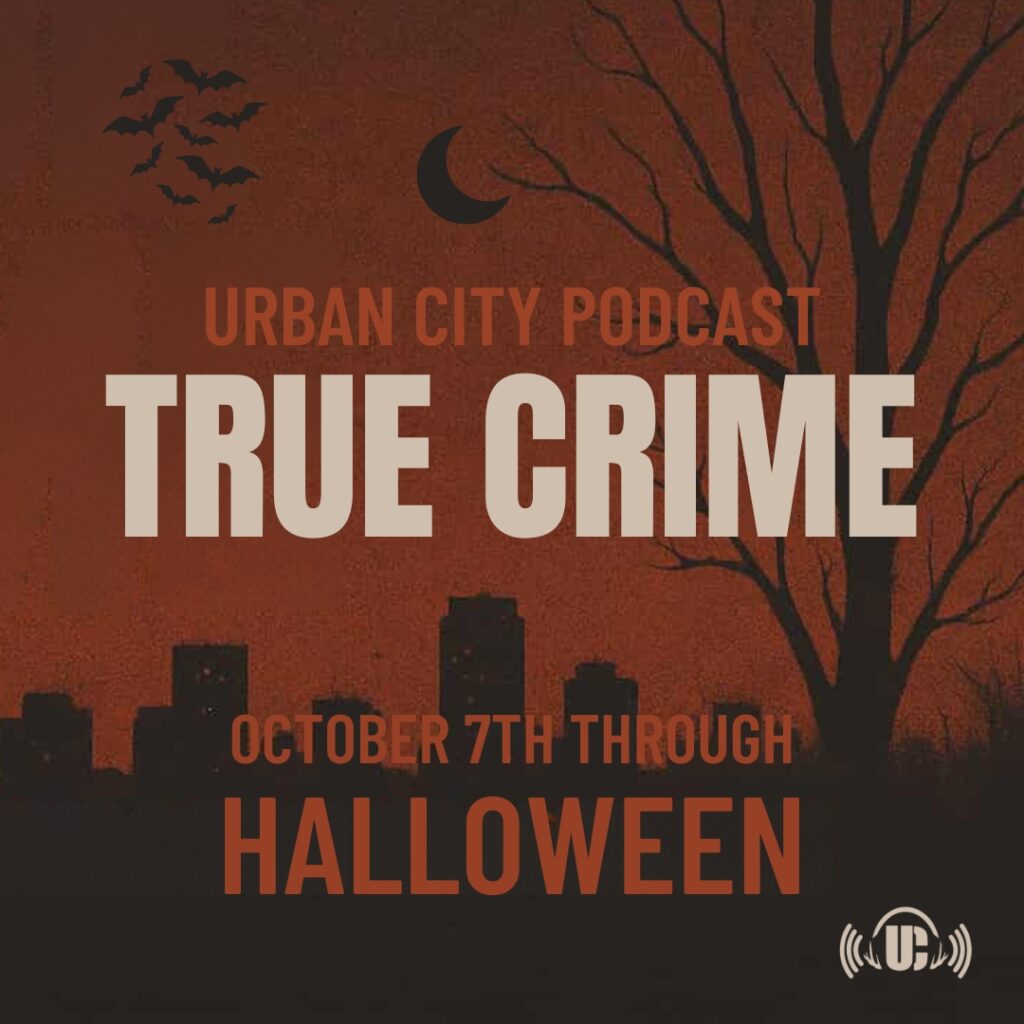Major Takeaways:
Even loving, wealthy families can harbor children capable of extreme violence.
Juvenile killers can meticulously plan and execute murders, challenging assumptions about age and morality.
Early warning signs, fantasies, and behavioral patterns often indicate psychopathic tendencies in youth.
Urban City Podcast Presents: Cold Blood in Suburbia
Urban City Podcast here, bringing you stories that chill your bones and make you question how well you really know the people around you. Today, we dive deep into one of the most shocking family murders in modern American history.
This was a crime scene that was incredibly troubling. It was completely out of character for that neighborhood. What started as the story of a quiet, loving family turned into a tragedy that shook Cockeysville, Maryland, just outside Baltimore.
The Brownings were a family everyone admired. John Browning, the father, was a respected attorney known for his intelligence, hard work, and generosity. His wife Tammy was vibrant, loving, and outgoing. They had three sons: Nick, the oldest at fifteen, a high-achieving Eagle Scout and star lacrosse player; Greg, a joyful fourteen-year-old known as the family goofball; and Benjamin, eleven, a popular and happy boy.
The Brownings lived in a beautiful home they helped design and enjoyed time at their lake property. They were involved in their children’s lives, attending every sporting event and supporting them wholeheartedly. On the surface, they were the perfect picture of a happy, wealthy family.
Then, on a quiet winter night, everything changed. An intruder entered their home and murdered four family members while they slept. Nick Browning, fifteen, was not home that night. When he returned, he discovered the horror: his father, mother, and two younger brothers had been shot to death in their beds.
Police initially considered robbery, but the scene didn’t fit. Nothing significant was taken, and the house showed minimal signs of disturbance. The investigation turned inward. Nick Browning became the focus. His behavior was unusual—calm, almost detached. When questioned, he initially withheld information, but eventually, under the weight of the investigation, Nick confessed to killing his father, mother, and brothers.
The killings were premeditated. Nick had planned carefully, wearing gloves to avoid leaving fingerprints and bringing extra ammunition. He attempted to create an alibi and even tried to stage the scene to look like a robbery. Motive? Anger at his father for being strict and resentment toward his mother. His brothers were killed to remove obstacles to his inheritance. Nick Browning, a child from a perfect family, became a cold-blooded murderer.
Fast forward to Florida, where a young boy named Jerry Lee Alley, just twelve years old, lived with his grandparents in a quiet town called Interlachen. Jerry was polite, bright, and sensitive, often targeted by bullies. His best friend was John Silva, a fifteen-year-old quiet and withdrawn boy who had grown up in difficult circumstances.
On May 26th, Jerry went out on his bike and never returned. A massive search ensued, involving helicopters, bloodhounds, and volunteers, but Jerry was missing. Weeks later, a local psychic directed authorities to a vacant lot where Jerry’s body was found bound, gagged, and stripped to his underwear. Next to him was a note detailing exactly how he was to be killed.
John Silva admitted responsibility, but initially claimed it was an accident. His story unraveled, revealing a carefully planned, ritualistic murder. In a letter written years later, Silva described in chilling detail his motivations and actions. He had fantasized about the killing, manipulated Jerry into meeting him, and executed the crime with calculated precision.
Silva was convicted at fifteen and sentenced to life without parole. The Supreme Court later ruled that juveniles cannot be sentenced to life without parole without consideration of age and rehabilitation potential, but Silva remains incarcerated.
Both cases demonstrate a terrifying reality: sometimes children are capable of acts so violent, so deliberate, that even loving families cannot prevent them. In the Browning case, wealth and support could not shield a family from a psychopathic child. In the Alley case, trauma and poor upbringing contributed to the creation of a young killer.
For this and more true crime stories, keep it right here on UrbanCityPodcast.com and download our app.















